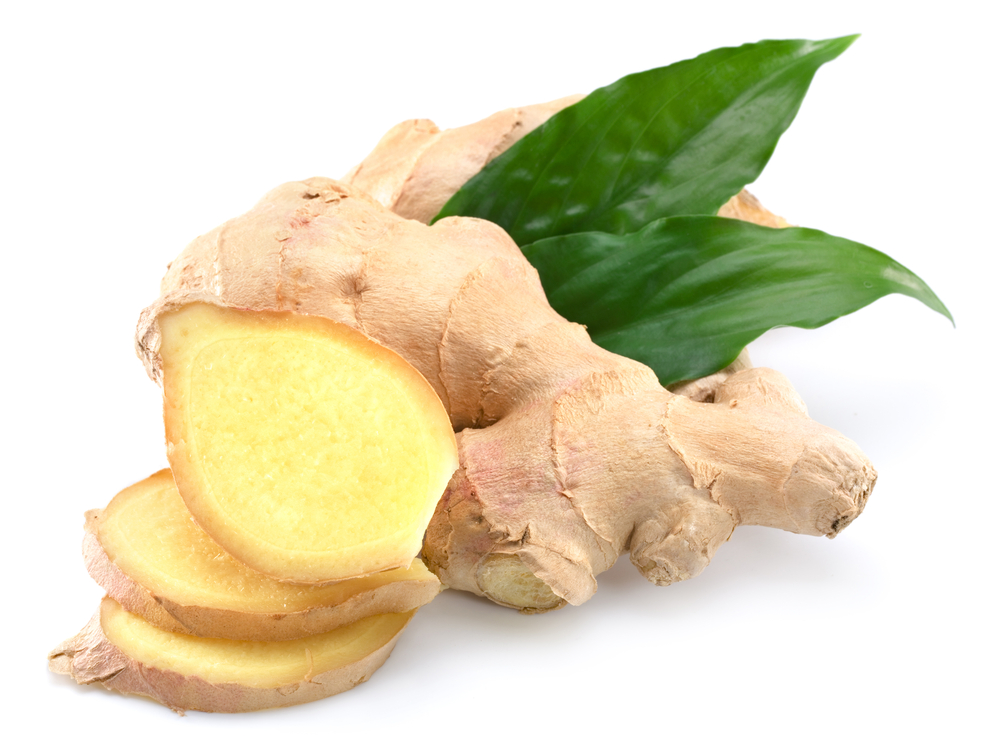So for this This week we are going to look at ginger.

Ginger if form the family Zingiberaceae. Ginger, Zingiber officinale, grows about 2 to 4 feet in height. It is a perennial reed-like plant with annual leafy stems. Ginger produces clusters of white and pink flower buds that bloom into yellow flowers.The rhizome is light-brown to grey. It is gathered when the stalk withers. It should be immediately scalded, or washed and scraped, to kill it and prevent sprouting.
Ginger is native to southern China, and form there it spread to the Spice Islands and other parts of Asia, and subsequently to West Africa and the Caribbean. In the first century AD, the spice made an appearance in Europe.
Ginger contains the compound gingerols. Two clinical studies show patients responding to ginger. 75% of Arthritis patients and 100% of patients with muscular discomfort experienced relief of and/or swelling(whfoods, 2014). This herb dose need to be take daily to see these types of results. In studies done it 2003 and 2005 research showed that ginger suppress the pro-inflammatory compounds (cytokines and chemokines) produced by synoviocytes (cells comprising the synovial lining of the joints), chrondrocytes (cells comprising joint cartilage) and leukocytes (immune cells) (whfoods, 2014).
Z. officinale’s anti-inflammatory action not as easily understood. IT is contributed to antioxidant effects. Ginger has the ability to block or inhibit the production of prostaglandins, thromboxanes, and leukotriene, and a protease it contains that generates anti-inflammatory effects. While an anti-inflammatory it is often used in aliments of the digestive tract. Is considered safe to use while pregnant. anti-tumor effects, and it also may have the ability to stop platelets from sticking together. This would be useful in preventing and treating atherosclerosis.
Ginger is commonly used to treat various types of “stomach problems,” including motion sickness, morning sickness, colic, upset stomach, gas, diarrhea, nausea caused by cancer treatment, nausea and vomiting after surgery, as well as loss of appetite.
Other uses include pain relief from arthritis or muscle soreness, menstrual pain, upper respiratory tract infections, cough, and bronchitis. Ginger is also sometimes used for chest pain, low back pain, and stomach pain.
Some people pour the fresh juice on their skin to treat burns. The oil made from ginger is sometimes applied to the skin to relieve pain.
In foods and beverages, ginger is used as a flavoring agent.
In manufacturing, ginger is used as for fragrance in soaps and cosmetics.
Other uses include pain relief from arthritis or muscle soreness, menstrual pain, upper respiratory tract infections, cough, and bronchitis. Ginger is also sometimes used for chest pain, low back pain, and stomach pain.
Some people pour the fresh juice on their skin to treat burns. The oil made from ginger is sometimes applied to the skin to relieve pain.
In foods and beverages, ginger is used as a flavoring agent.
In manufacturing, ginger is used as for fragrance in soaps and cosmetics.
Please consulate your doctor before starting any regiment.
http://www.whfoods.com/genpage.php?tname=foodspice&dbid=72
No comments:
Post a Comment